
10 de July de 2024
Citizen science for the preservation of quiet areas in cities
Science For Change returns to the “Ciència amb tu” program to talk about sounds, citizen science and how we can all collaborate in the preservation of urban quiet areas with the SoundCollect app.
Noise pollution is a more prevalent and present environmental problem than we think. It is present in many of the environments in which we move in our daily lives, but it is a complex concept to define.
When we talk about noise pollution, we are referring to the presence of noise that, depending on the duration, place and time in which they occur, can imply a pain, risk or harm for people and animals. When we refer to noise pollution, we are talking about noise, not sounds. Although we usually use these words as synonyms, they do not mean the same thing.
And sound is defined as a variation in the pressure of the sound waves that we are able to perceive with our ears. Instead, we call noise that sound that is annoying, uncomfortable or unpleasant, it can even alter our well-being. Therefore, we could say that we go from sound to noise when there is a mismatch between the soundscape and the local context.
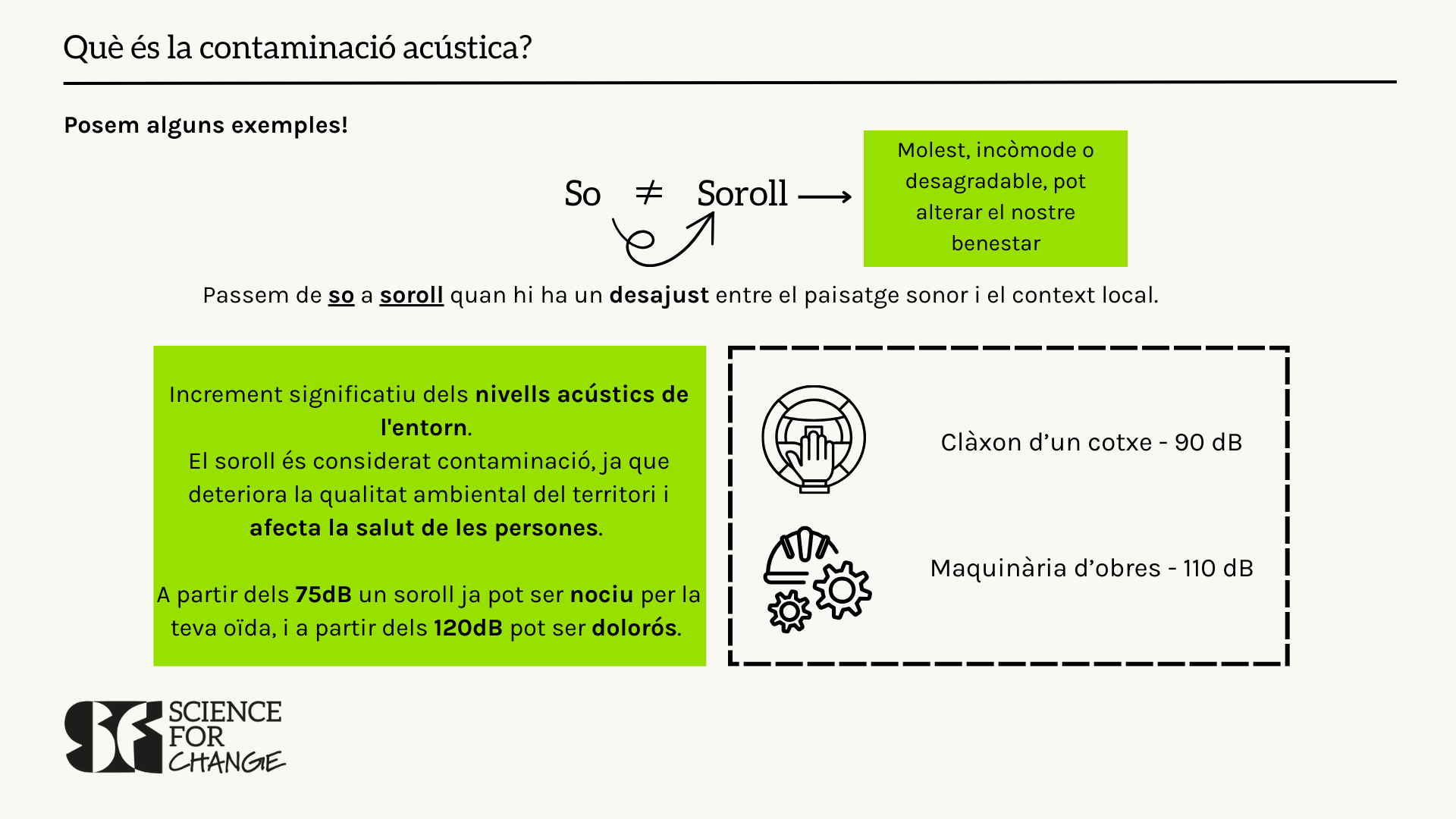
It is very important to include the perception of the users of the app because a quiet area is not only one that has sound levels below a certain value, but there are many other aspects that make it quiet. Aspects such as safety, cleanliness or accessibility, or the level of correspondence between the soundscape and the urban landscape, which we have mentioned before. So these are aspects that are also included in the app, through brief questions that users answer.
Òscar Larraga
Specialist in Social and Cultural Anthropology at Science For Change
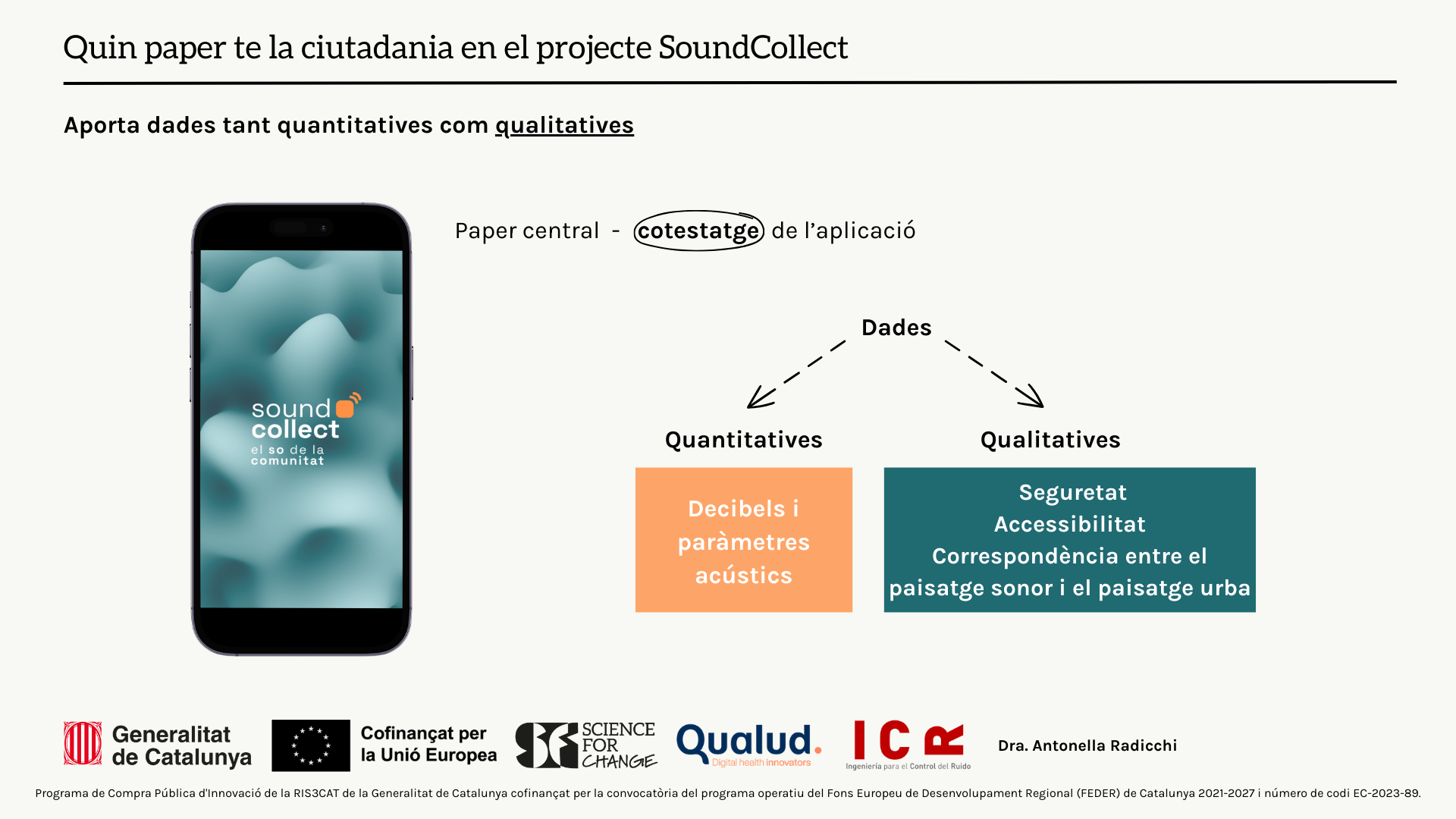
In recent months, we have been in a phase of a co-testing phase of the application, which has allowed us to evaluate its usability. The objective of this collaborative testing process was to develop an inclusive application, which would be useful for all citizens, so that everyone can identify the acoustic environments that make up the identity of a place and that have a positive impact on our quality of life.
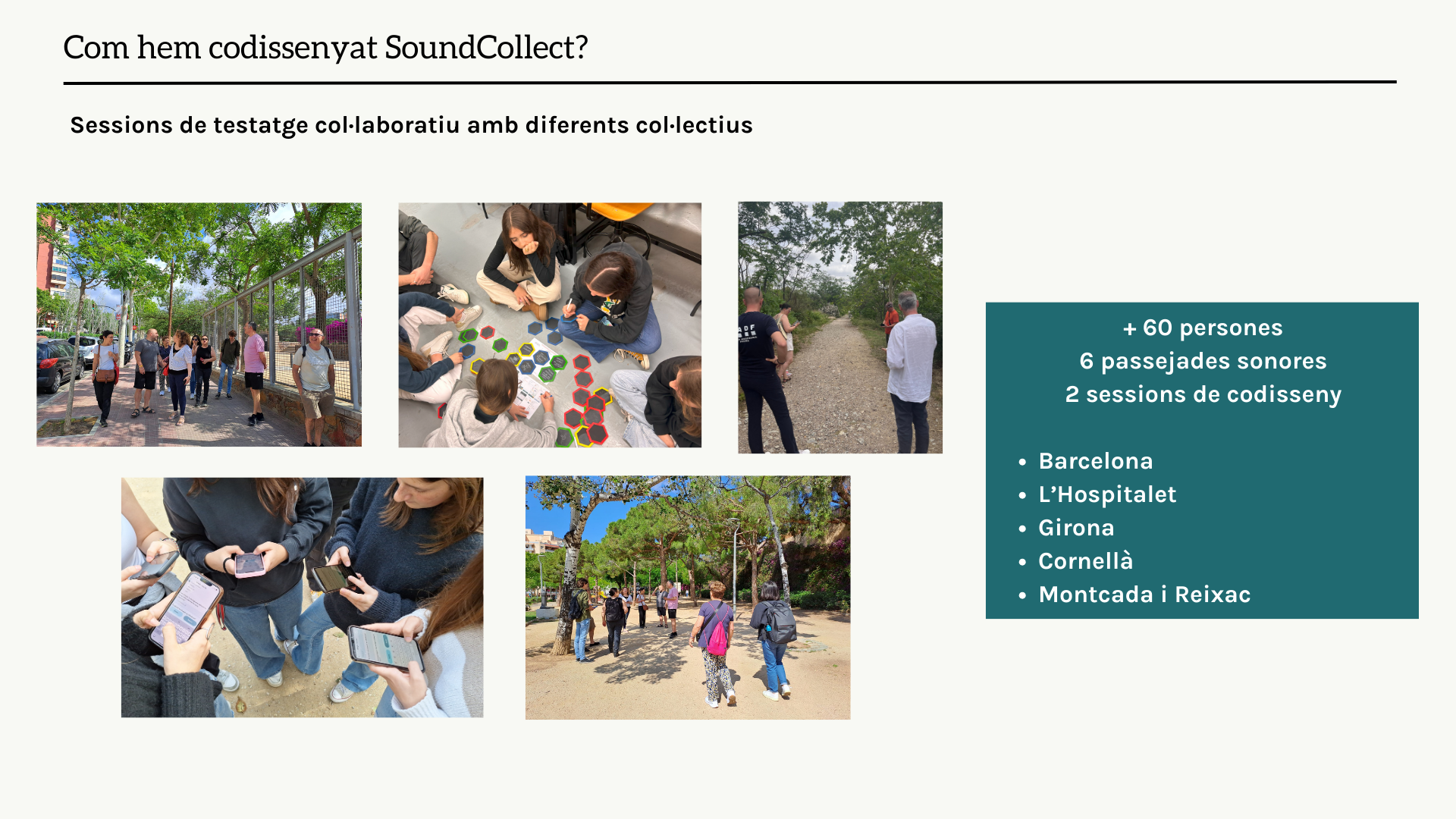
With all the records made by the users, a collaborative sound map, which will be available to the population, so that they can consult the points and all the information collected in real time, discovering and exploring new quiet urban spaces in Catalonia.
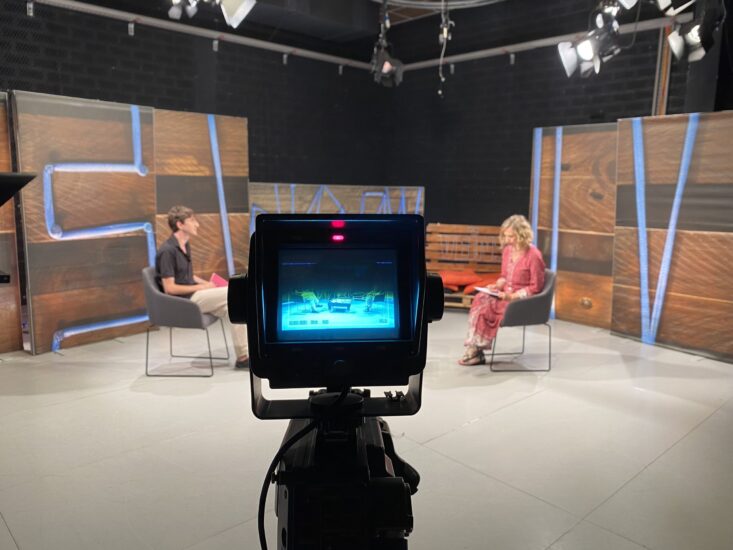
You can see the full program here:
Entradas anteriores
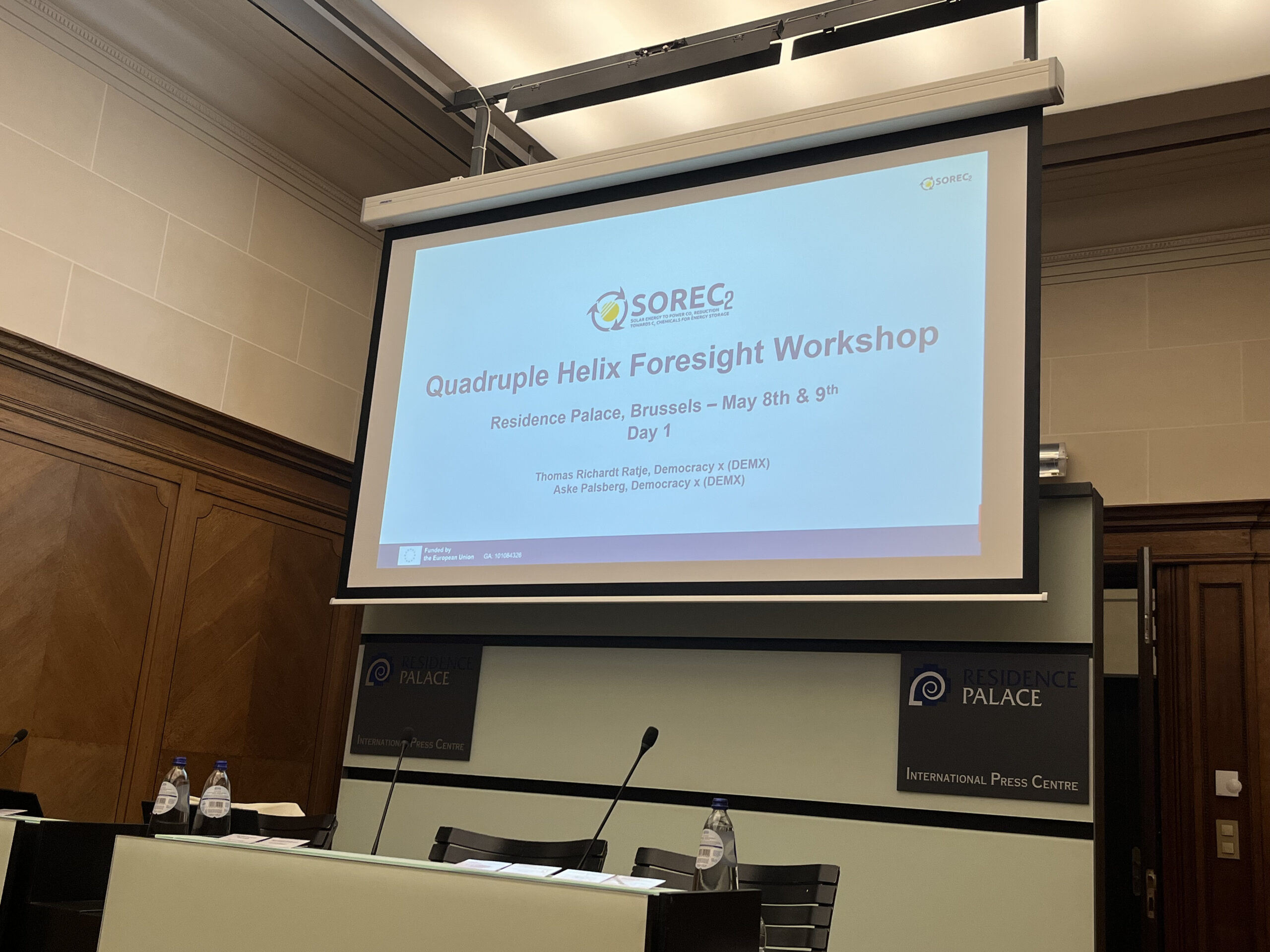
Brussels Workshop Gathers Experts to Shape the Future of Photo-Electrochemical Cells
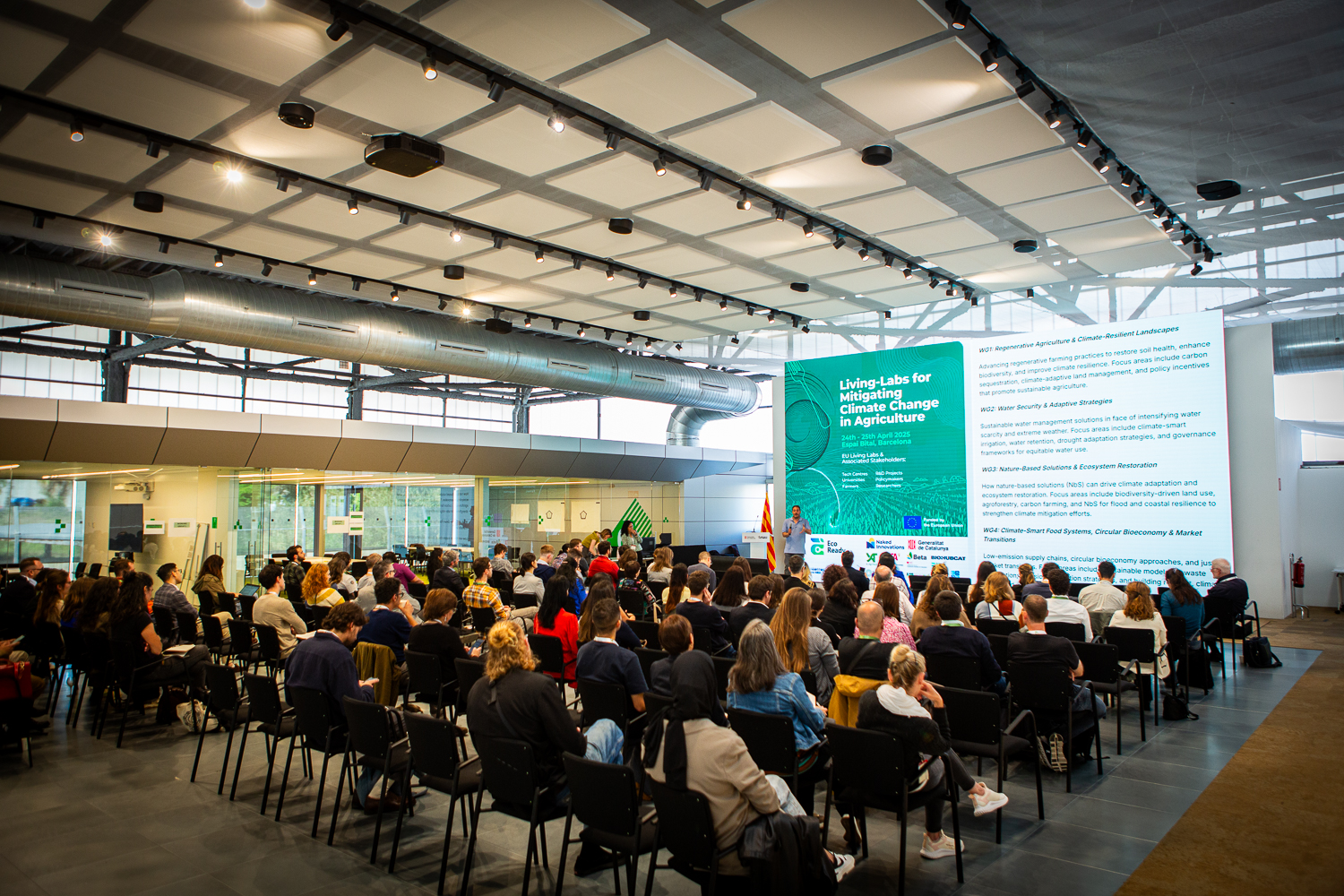
SFC Showcases Citizen Science Solutions for Climate-Resilient Agriculture at EU Living Labs Conference
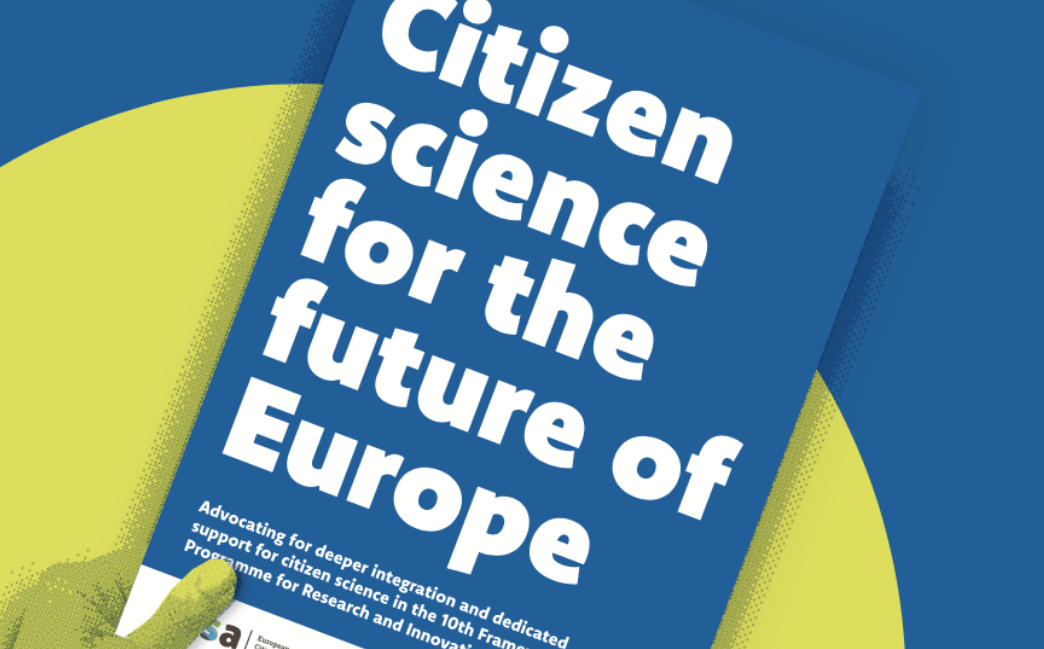
Position Paper Launch: Citizen Science for the Future of Europe – advocating for deeper integration and dedicated support for citizen science in the 10th Framework Programme for Research and Innovation (FP10)